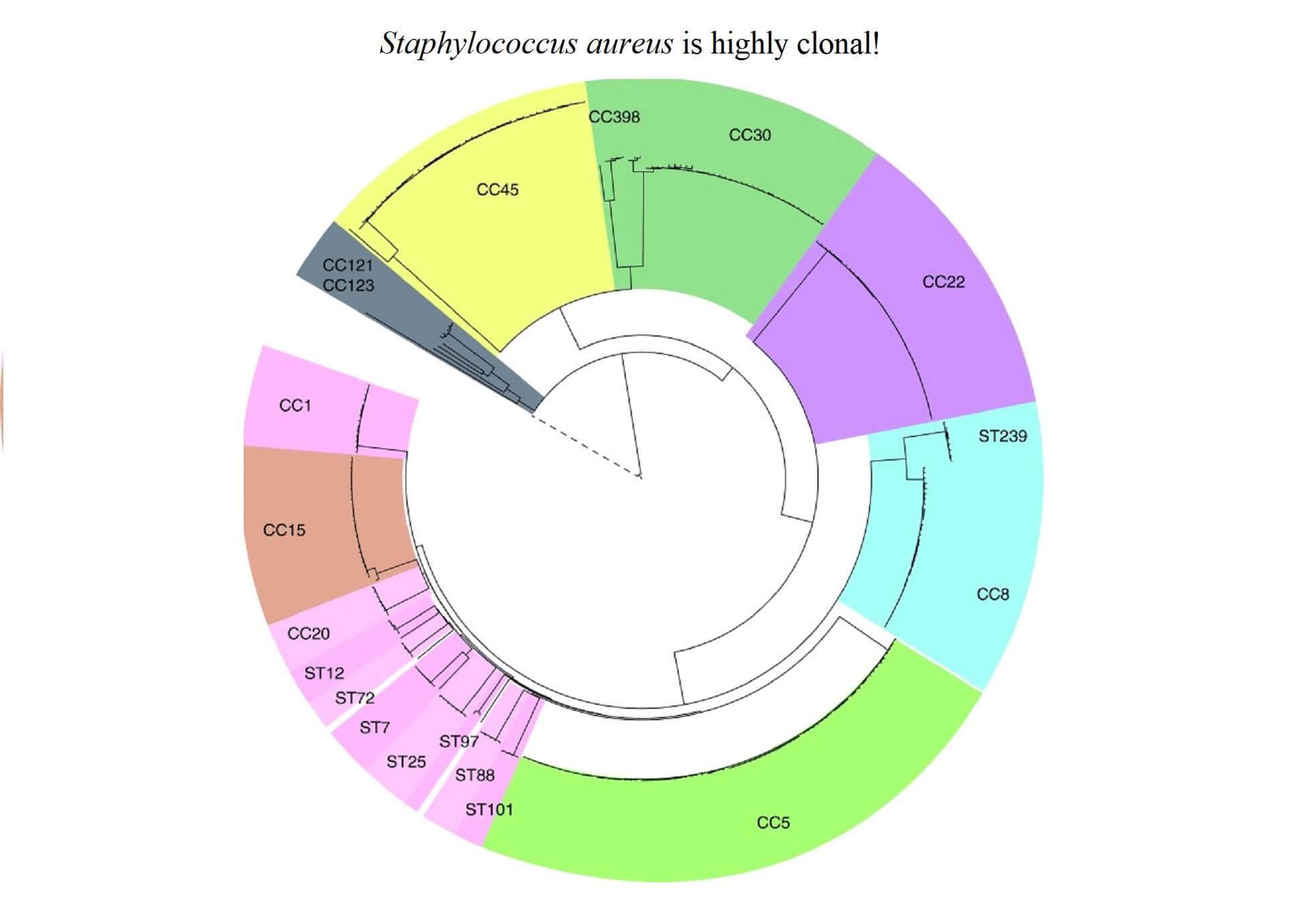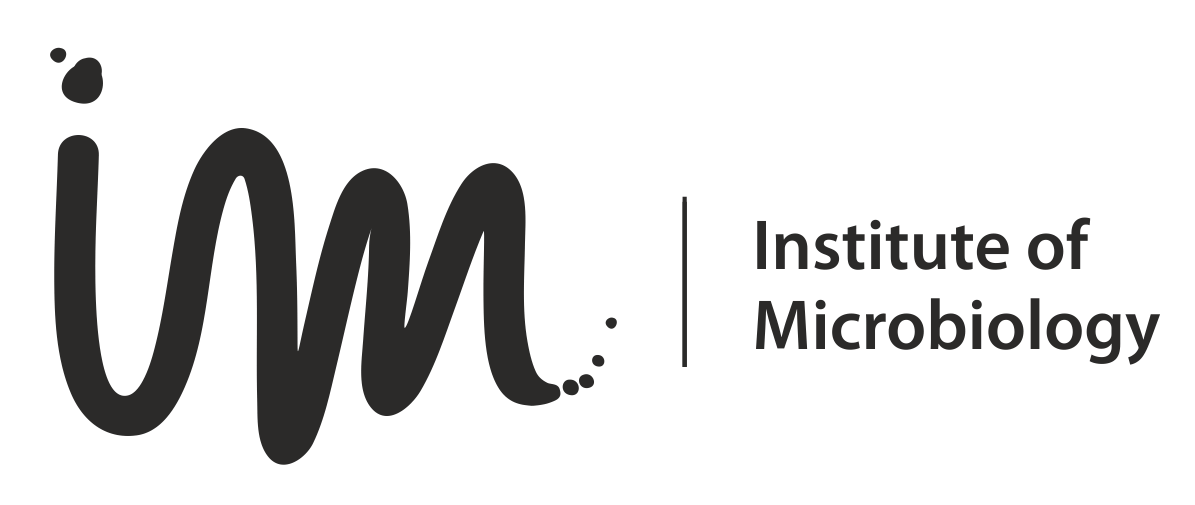Genetic determinants of Staphylococcus aureus adhesiveness

20 05 2025
Category: IM Seminar
You are invited to the institute seminar: on Monday, 26th of May at 2 pm MSc Paula Rożen from the Department of Molecular Microbiology will present a seminar on „Genetic determinants of Staphylococcus aureus adhesiveness to fibrinogen and fibronectin and associations between these phenotypes and patients’ manifestation ”.
Abstract:
Staphylococcus aureus binds to host extracellular matrix components, i.e., fibrinogen (Fg) and fibronectin (Fn), via cell wall-anchored fibronectin-binding proteins (FnBPs) and clumping factors (Clf). These interactions are among many by which the pathogen is thought to stimulate the activation of the host immune cells and the inflammatory response led by the release of cytokines and recruitment of immune cells to the site of infection.
Here we addressed the clinical relevance of the different levels of binding of S. aureus bacteremia (SAB) isolates to Fg and Fn for disease development and infection outcome. We also mapped genetic determinants of the varying levels of adhesion to the glycoproteins in a representative collection of the invasive SAB isolates.
We assembled and studied a collection of 236 SAB together with detailed patients’ metadata. The isolates adhesion to immobilized Fg and Fn was measured and used in association analyses between the levels of adhesion and patients’ clinical outcomes. Genome-wide association studies were performed to identify genetic determinants associated with different adhesion levels.
The levels of either phenotype were correlated and correlated with concentration of CRP in patients’ blood, suggesting that adhesion is associated with proinflammatory response. This correlation was stronger in isolates which were not haemolytic on rabbit blood. At the same time, the level of adhesion to Fg, unlike adhesion to Fn, was correlated with Fg in patient’s blood, emphasizing the link between the bacterial phenotype and inflammation in patients. Higher CRP levels occurred mainly in patients with severe and chronic infections due to more adhesive community-acquired and MSSA isolates. Both, high level of adhesion and low toxicity were associated with reduced risk in-hospital mortality. GWAS allowed to identify loci associated with the level of adhesion, incl. spa and SAUSA300_0689. Deactivation of spa lead to increased adhesiveness which could result from a competition between the proteins for the anchoring site in the cell wall. Deactivation of SAUSA300_0689, on the other hand, differently affected the level of adhesion in different S. aureus strains. The locus encodes glycosyltransferase suggesting the modulating role of glycosylation on adhesive proteins in different S. aureus backgrounds.
